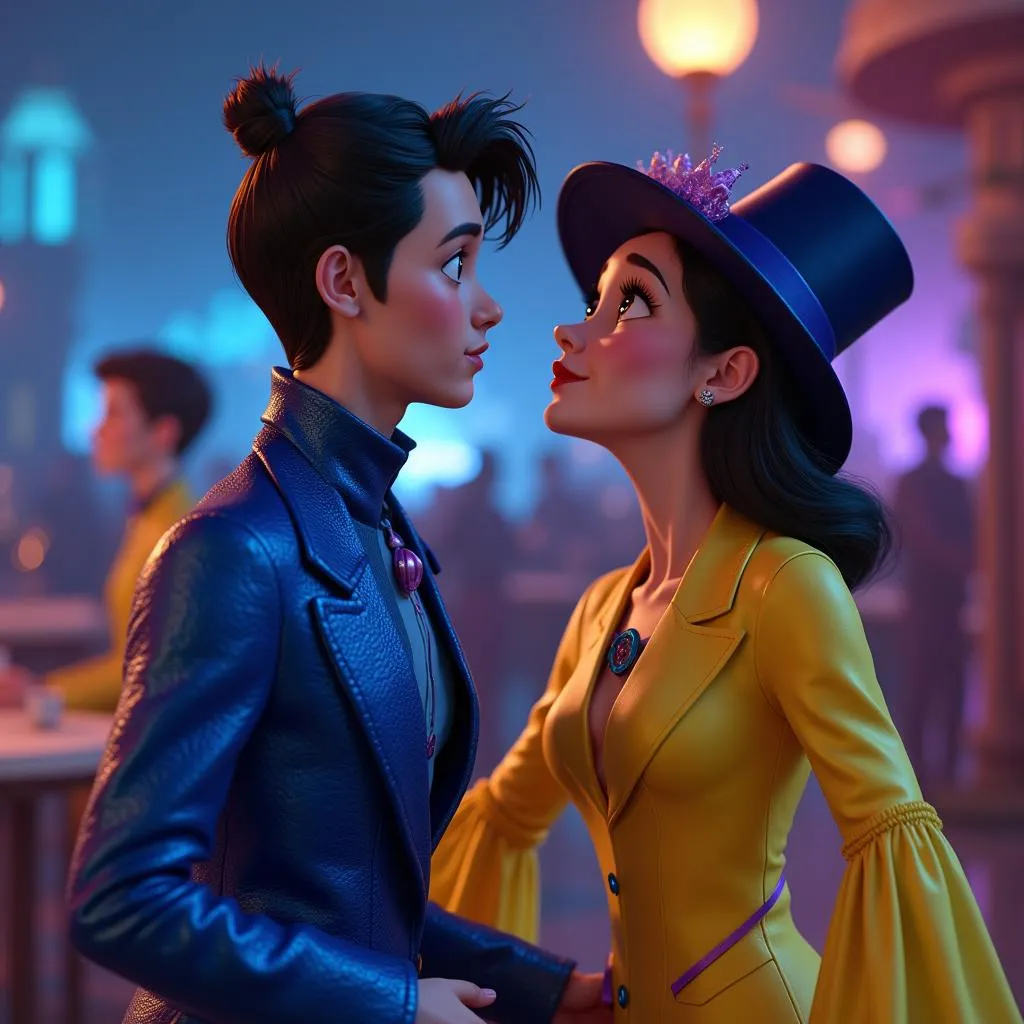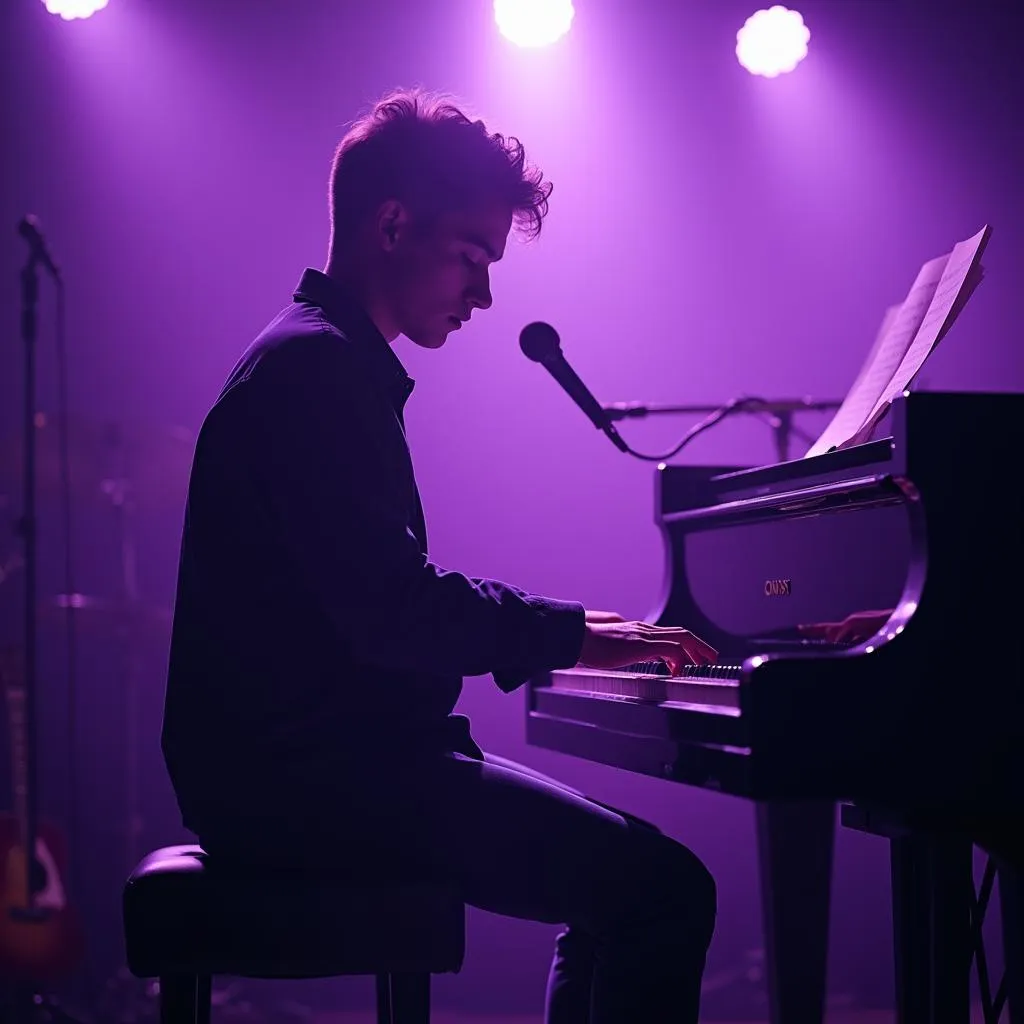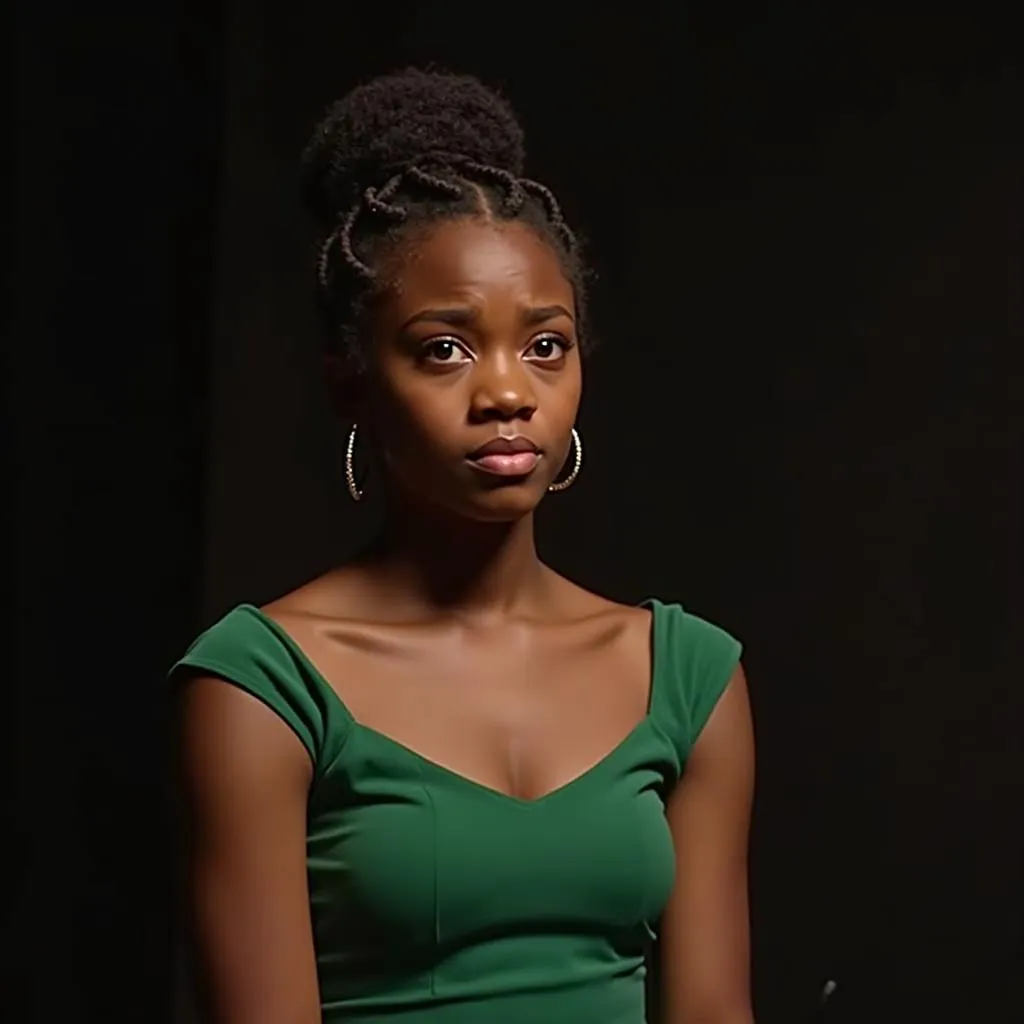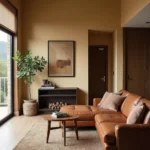The vibrant colors of Damien Chazelle’s “La La Land” are not just pretty to look at, they are a carefully crafted language, telling a story within the story. Each hue, each shade adds a layer of meaning, whispering to the audience about love, ambition, dreams, and the bittersweet reality of chasing them in a city known for both making and breaking hearts. But what do the colors mean in La La Land? Let’s dive into this technicolor world and find out.
A City Painted in Primary Colors: Youthful Dreams and Bold Beginnings
From the very first scene, “La La Land” bursts with saturated primary colors, particularly blue, yellow, and red. These colors are symbolic of youthful energy, unbridled optimism, and the naive excitement that Mia and Sebastian, our protagonists, feel as they embark on their Los Angeles adventure.
Think of Mia’s bright blue dress in the planetarium scene or the yellow dress she wears during her first encounter with Sebastian. These colors are reminiscent of classic Hollywood musicals, a deliberate homage to a golden era of filmmaking that inspires both characters.
 Mia and Sebastian surrounded by primary colors
Mia and Sebastian surrounded by primary colors
The Allure of Purple: Ambition and the Price of Success
As Mia and Sebastian’s individual ambitions grow, a new color starts to take center stage: purple. This color, often associated with royalty, luxury, and achievement, represents the seductive yet potentially isolating nature of their dreams.
 Sebastian performing in a purple-lit jazz club
Sebastian performing in a purple-lit jazz club
We see this in the increasingly luxurious settings, like the sophisticated jazz clubs where Sebastian finds his stride, often bathed in purple hues. This color hints at the sacrifices they might have to make, the compromises they might face in their pursuit of artistic fulfillment.
The Fade to Green: Reality Bites in the City of Angels
As “La La Land” progresses, and Mia and Sebastian encounter the harsh realities of their chosen paths, the color palette subtly shifts. Green, a color often associated with reality, money, and jealousy, starts to creep in, foreshadowing the challenges they will face.
This can be seen in the costumes, the production design, and even the lighting of certain scenes. For example, think of the green dress Mia wears during a particularly disheartening audition or the green lighting used in scenes depicting Sebastian’s growing frustration.
 Mia wearing green during a disheartening audition
Mia wearing green during a disheartening audition
The use of green is a subtle but effective way to show how the initial idealism of youth is tested against the harsh realities of life in Los Angeles.
Back to Basics: A Bittersweet Ending in Blue
The ending of “La La Land,” though open to interpretation, is tinged with both melancholy and hope. Notice how the primary colors, particularly blue, return but with a softer, more muted tone. This shift suggests a sense of maturity, a recognition of dreams achieved and dreams let go.
The final scene, bathed in blue, evokes a sense of nostalgia, a bittersweet acknowledgment of the journey they’ve both taken. They have achieved success, but not without sacrifice, and the blue acts as a reminder of their shared past, their innocent aspirations, and the enduring power of their connection.
Exploring the Color Palette of “La La Land”
The next time you watch “La La Land,” pay attention to the colors. They are not just decorative elements; they are characters in themselves, adding depth and nuance to the narrative. They speak of the intoxicating allure of dreams, the challenges of pursuing them, and the bittersweet reality of finding your way in a city that thrives on both fantasy and heartbreak.

